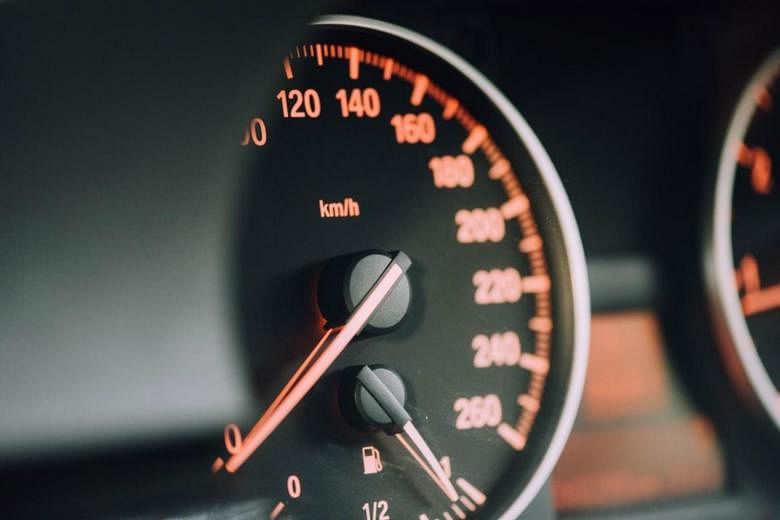What is all the fuss about the 0-100kmh timing in a car's performance data? How do the manufacturers record such a performance run and how does it relate to normal road driving?
Originally, the standing start acceleration times were measured up to 60 miles per hour (mph). Except perhaps for a handful of extremely cheap, low-powered cars, 60mph was a speed that was comfortably attainable.
Other than in the United States and Britain, the acceleration benchmark is now 0-100kmh (equivalent to 0-62mph).
This benchmark gives an indication of a car's performance, but it is not always relatable in real-life driving. Except for times when one finds oneself in front of a traffic light queue, standing start timings do not matter hugely.
Most times, mid-cruise acceleration is more crucial. Hence, some manufacturers stated 60-100kmh and 80-120kmh timings. Defunct Swedish marque Saab was one notable example. Its cars were known for beating all-out sports cars in such timings.
These timings determine how effortlessly a car can overtake - which is crucial to driveability as well as safety. Cars with excellent mid-cruise acceleration - a function of low- to mid-end torque - used to post a relatively weak 0-100kmh timing, but many modern turbocharged cars are quick off the mark and yet deliver meaty mid-range acceleration.
Zero to 100kmh timings are punishing. With manual transmission, it means bringing engine speed up to redline and side-stepping the clutch pedal. The manoeuvre is accompanied by plenty of wheelspin. The smell of a smoking clutch disc is also a common after-effect of such a violent take-off.
In an automatic car, you depress the accelerator and brake pedals at once. Then, you release the latter suddenly to start the sprint. You do get wheelspin and lots of stress on the drivetrain as well.
More sophisticated modern cars that come with a "launch control" mode can accelerate with optimum traction for maximum thrust. The electronic controller modulates the power-feed to the wheels, so wheelspin is minimised to achieve the shortest sprint time.
All these procedures are practised only during performance evaluation at the factory or during sprint races at drag competitions. No one really ever drives like this on public roads without risking his licence being revoked.
Still, 0-100kmh timings are well followed by petrolheads, who use it as a yardstick to pit one car against another. And they tend to be far more impressive than 60-100kmh, at least on paper.

